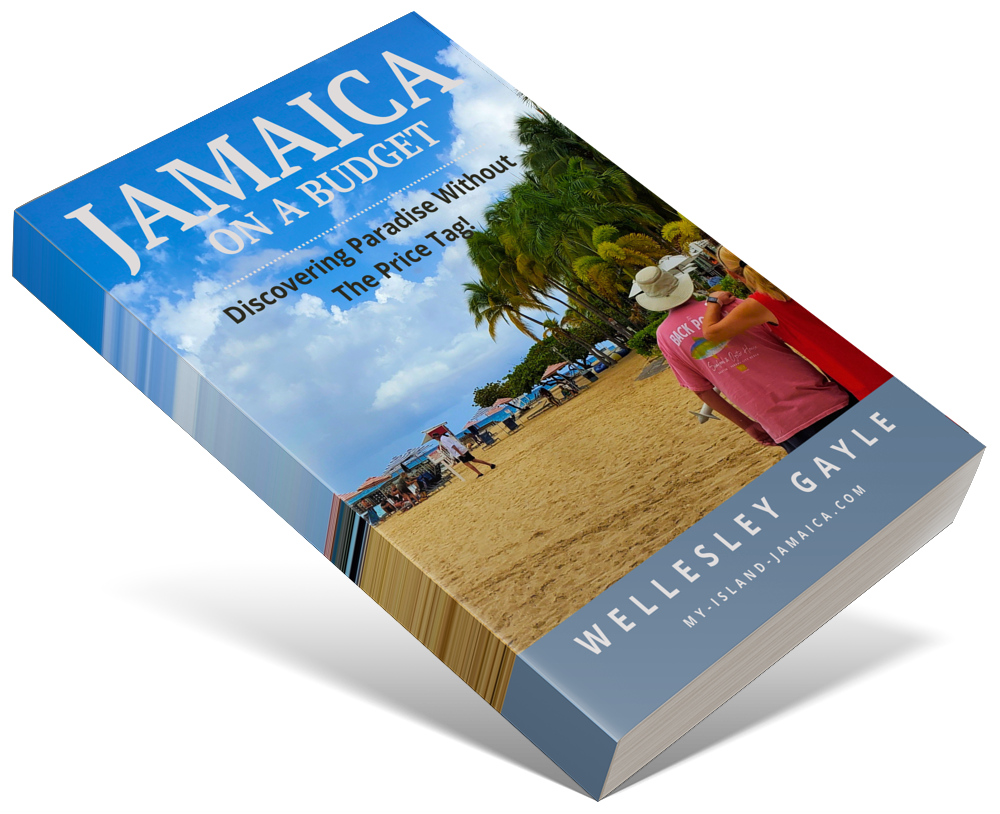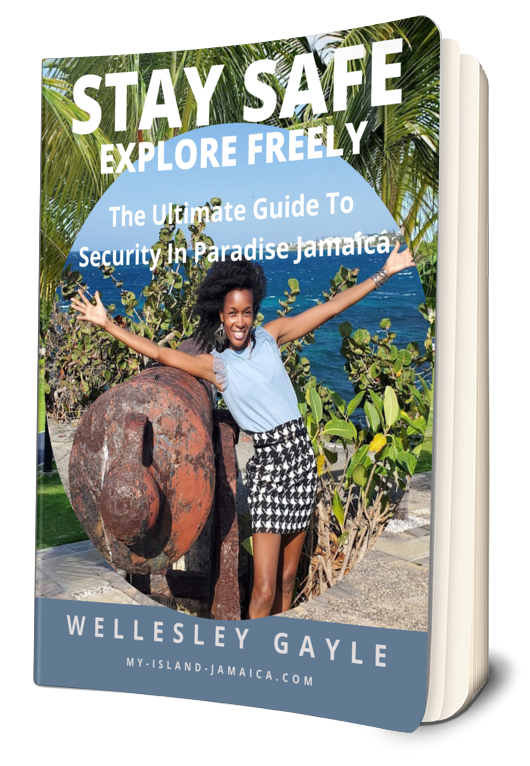Subscribe for all my updates and don't miss a thing! Sign me up!
Are Jamaica and the West Indies the same?
by Devin Saunds-Dunkley, Associate Writer
Jamaica and the West Indies are not the same. Jamaica is actually an island in the West Indies.
The West Indies is a group of crescent-shaped islands over 3,200 km (2,000 miles) long which separates Gulf of Mexico and the Caribbean Sea, to the west and south, from the Atlantic Ocean, to the east and north.
The islands stretch 1,900 km (1,200 miles) southeastward from the peninsula of Florida on the mainland of the United States, then 800 km (500 miles) south, then west along the north coast of Venezuela on the South American mainland.
The location and climate make it a great destination for business and recreation as the area boasts a sub-tropical and predominantly oceanic climate, with even warmth and steady breezes.
The temperatures vary little from season to season with the hottest temperatures rarely exceed 90°F (32°C).
Divisions of the West Indies
The West Indies is made up of three divisions.
One is division is the Greater Antilles which comprises the islands of Jamaica, Puerto Rico, Cuba, Cayman, Haiti and Dominica.
Another division is the Lesser Antilles with the islands of Guadeloupe, Dominica, Montserrat, Martinique, Virgin Islands, Saint Kitts and Nevis, Saint Vincent and the Grenadines, Anguilla, Antigua and Barbuda, Saint Lucia, Barbados, and Grenada.
The third division, Lucayan Archipelago, is the group of islands on the North American shelf (Turks and Caicos and The Bahamas) and the South American shelf (Bonaire, Trinidad and Tobago, Aruba and Curacao).
Brief history of the West Indies
The West Indies, formerly called the Caribbean Basin, was home to the indigenous peoples before the first set of Europeans under the leadership of Christopher Columbus arrived there in 1492.
This first visit by the Spaniards opened the way for many other nations such as the Dutch, French and the British, all of whom fought for the lands of the West Indies and what they presented for them as a nation.
The wars were as a result of each nation wanting control of the lands as they thought there was gold and other benefits that the lands yielded.
The name 'West Indies' was given to the region to differentiate it from the East Indies of South Asia and Southeast Asia.
By the time the avenues to the West Indies were opened to the Europeans, the indigenous people were all wiped out from diseases brought to the area by the Europeans as well as from being enslaved by them.
The Europeans looked to other nations to be their workers, among them the Africans and then the Chinese and Indians came later.
Commonalities between countries in the West Indies
Although each island has its own uniqueness and boasts flora and fauna indigenous to it, there are commonalities among them which makes the West Indies what it is and a prime destination for many foreigners.
The islands of the West Indies boasts a similar culture which is primarily due to the plantation setting during slavery.
They all have a blended culture of based on the influences of African, American Indian, European, and, in some cases, Asian who called the place home.
Their education systems are also highly developed with and run from pre-school through to universities which are as renowned as those of first world countries.
Be sure to read more on the early history of Jamaica, the Jamaican culture, and the education in Jamaica for even more insights.
Sources cited:
1) Wikipedia - https://en.wikipedia.org/wiki/Jamaica
2) JIS - jis.gov.jm/information/jamaican-history/
3) Caricom.org - https://caricom.org/community/the-west-indies-federation/
New! Get My Latest Book👇🏿
|
You asked, I've answered! You no longer need to save for months or years, to enjoy paradise! I spilled the beans! sharing my top tips on finding cozy accommodations and secret gems, only the way a native could! Click Here to pick it up on my e-store and start saving now! |
See The Best Of Jamaica - In Videos!
|
My channel reaches over 140,000 subscribers worldwide and has leveraged over 11 million views, sharing, what I call 'The Real Jamaica'. Subscribe today and join our family of viewers. |
Read More ...
New! Experience The REAL Jamaica!
Book Your Private Tour here and experience Jamaica the way we (locals) do!
P.S. Didn't find what you were looking for?
Still need help?
Click Here to try our dependable and effective Site Search tool. It works!
Or, simply click here and here, to browse my library of over 500 questions and answers! Chances are someone already asked (and got an answer to) your question.









